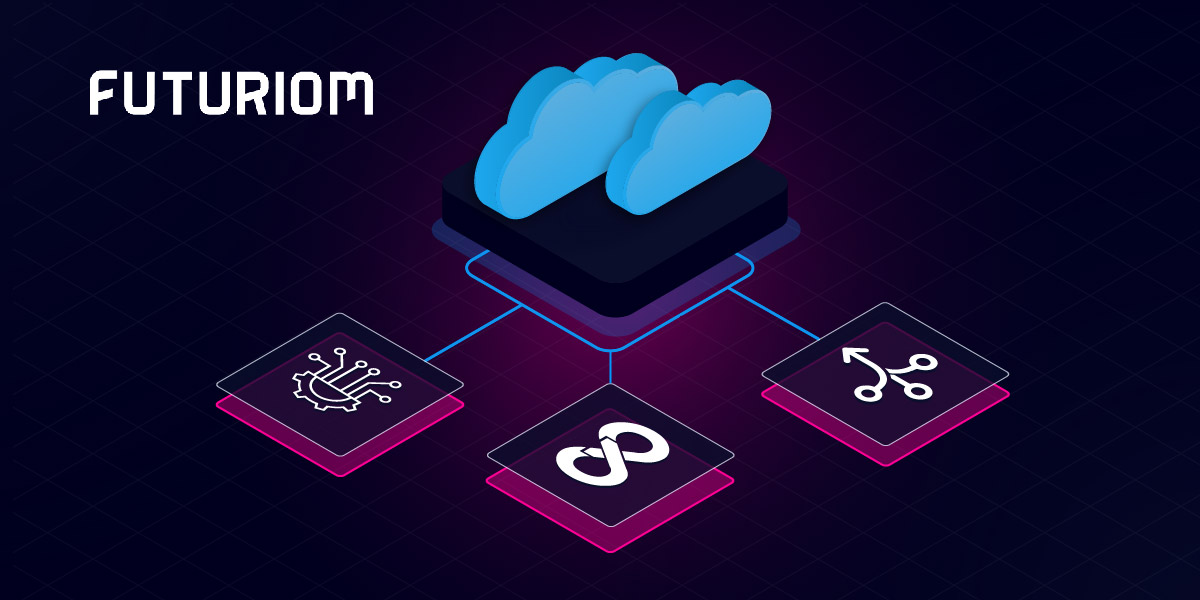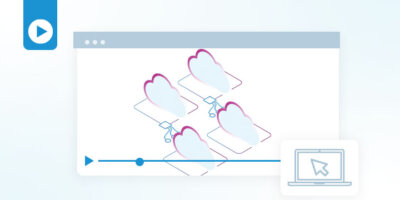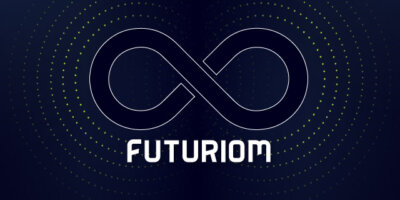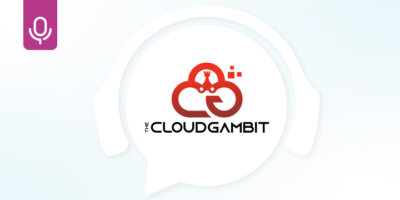Network and cloud teams are charging ahead with cloud infrastructure and embracing hybrid cloud strategies in order to increase flexibility and scalability, move deployments closer to end users, and optimize costs between different cloud providers.
To maximize the benefits of hybrid cloud infrastructure and avoid the challenges that come with a distributed environment, hybrid cloud automation and orchestration is a top priority. The end goal is to deliver streamlined, one-click services for deploying and maintaining infrastructure, turning all infrastructure processes into cloud-like end-to-end outcomes.
However, the infrastructure landscape has become increasingly difficult for teams to manage. Practitioners need visibility across a variety of infrastructure domains and the ability to easily monitor, secure, automate, and orchestrate across multiple vendor systems and multiple cloud environments. How will teams orchestrate across multiple domains? Can teams integrate with every system in their environment, introduce standardization, stay on top of auditing and validation, remediate issues, and ensure they’re delivering services with the efficiency required by the business?
Automation and orchestration across hybrid environments requires a shift in strategy — one that’s playing out right now in the industry. According to the recent Futuriom report Driving Cloud Automation with Observability, AIOps, & NetDevOps, innovators are embracing these three overlapping technology trends to maximize efficiency and value for their evolving hybrid environments:
I&O leaders should look to invest in these areas to provide cloud practitioners with the visibility, speed, and flexibility they need to manage hybrid infrastructure.
Why Observability, AIOps, & NetDevOps Are Important for Hybrid Cloud
Managing hybrid cloud infrastructure and orchestrating across it requires teams to solve a few key challenges.
First, data is stored across multiple locations, but an orchestrated service requires instant or near-instant access to authoritative, reliable data. Second, hybrid infrastructure usually includes multiple cloud providers, controllers and orchestrators from multiple vendors, and a variety of domain-specific platforms — each with different management panes and some with unique skillsets. Teams must find a way to centralize automation and orchestration. Third, security and compliance become more complex across a hybrid environment, and teams must be able to keep up.
The convergence of observability, AIOps, and NetDevOps is providing cloud infrastructure teams with the tools they need to drive efficiency across hybrid environments.
Data Needs
Cloud observability tools and AIOps techniques allow teams to build systems that can collect data across many different systems of record to deliver insights on operational state, security, metrics, etc. to applications and automated processes. Innovation in observability is allowing teams to keep up with the expanding data needs of hybrid cloud infrastructure, which will only grow more complex as GenAI is introduced to the network piece by piece. Futuriom’s report explains an operating model where, rather than relying on multiple telemetry tools to gather logs, metrics, and events, teams can centralize observability and feed collected data into advanced models to “further understand system behavior and drive automation.”
Efficient Automation & Orchestration
NetDevOps has been in the networking conversation for a few years now, and it continues to be a crucial piece of the puzzle. Implementing NetDevOps strategies is an important step in moving from piecemeal network automation to a multi-domain, future-proof orchestration strategy that turns the network into a driver for efficiency and innovation. NetDevOps is its own topic and you can learn more about it here, but in short, it’s about bringing DevOps principles, practices, and tooling to networking to accelerate automation — for example, APIs to drive programmability, using Git to store source of truth information, leveraging pipelines in network operations, and building workflows out of processes to reduce manual touches. Teams are leveraging these techniques to automate and orchestrate across a wide variety of technologies in a programmable way.
Security & Compliance
And when it comes to security and compliance, all three trends are vital. Futuriom explains that innovative teams are leveraging new observability tools, new AIOps techniques, and a commitment to NetDevOps practices to ensure the following across hybrid infrastructure:
- All processes, applications, and engineers have visibility into everything they need.
- Automation always uses up-to-date, accurate data pulled from systems of record.
- Any security platform for any domain can be integrated into the NetDevOps process.
The most advanced teams are enjoying better resiliency/failover, greater vendor flexibility, enhanced operational efficiency, and faster development — all while maintaining security across an increasingly complex landscape.
As Futuriom’s report states, “teams are using observability, AIOps, and NetDevOps to speed up the deployment of services and applications, monitor and solve problems in real time, and save on operational costs.”
Maximize Hybrid Cloud Transformation with Orchestration
With so many organizations looking to accelerate cloud transformations and maximize efficiency across hybrid infrastructure, Itential’s platform is well-positioned to enable our customers to succeed and future-proof their investments.
Itential’s approach to integration and orchestration of multi-domain and multi-system change processes enables freedom and flexibility to use the right tool for the right job, no matter what network technologies or external systems are involved.
As the only solution on the market that can auto-generate integrations using APIs for any IT, network, and cloud system, which eliminates development time and/or the cost of outsourcing an integration, it centralizes orchestration for hybrid infrastructure, eliminating inefficiencies from swivel-chairing or context switching while practitioners manage the network.
We’re providing the layer that stitches everything together, allowing organizations to maximize the value of their infrastructure investments and rapidly innovate in today’s evolving cloud landscape. Learn more about how Itential enables hybrid cloud success here.
For a deep dive into AIOps, NetDevOps, and observability and the future of hybrid cloud networking, be sure to check out the full Futuriom report here.





